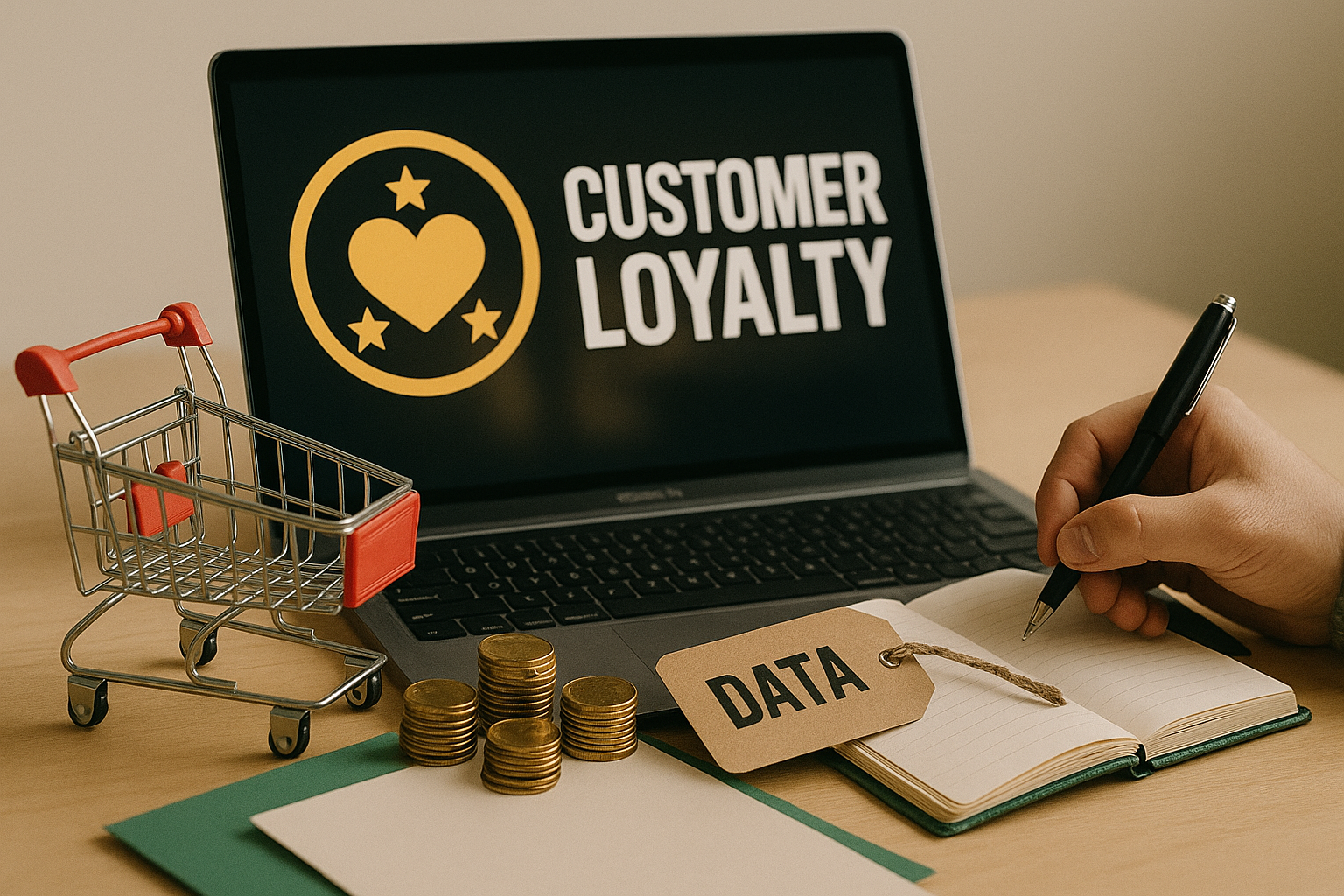
Analytica House
Aug 6, 2024The Use of First-Party Data in E-commerce Analytics

First-party data is the information a company collects from its customers and through its own channels. This data is typically gathered through customer interactions, website visits, transactions, and other direct engagements. Here’s why first-party data is so valuable.
What is first-party data?
First-party data is the information collected directly by a company from its own customers and target audience. This data comes from visits to your website, purchases, and other user interactions. It is considered the most valuable type of data for your business because it comes directly from the source, making it accurate and reliable.
Why should we use first-party data?
- Accuracy and Reliability: Since first-party data comes directly from your customers, it is the most accurate and reliable form of data. It best reflects customer behavior and preferences.
- Data Control: First-party data is fully under your control, giving you greater oversight in terms of data privacy and security. This makes it easier to comply with privacy regulations like KVKK and GDPR.
- Personalization: The data collected from your customers allows you to offer more personalized and relevant content. This enhances the customer experience and boosts customer loyalty.
- Competitive Advantage: You gain access to exclusive data that your competitors can’t access. This makes your marketing strategies and business decisions more effective.
So what is third-party data?
Third-party data is information collected, aggregated, and sold by entities that are different from the original data source. In digital marketing and data analytics, third-party data is typically sourced externally and may include a broad range of demographic, behavioral, and interest-based data about individuals. This data is gathered by data brokers, aggregators, or other third-party organizations specialized in collecting and selling data.
Recently, there have been limitations on third-party data usage, particularly in performance marketing and e-commerce analytics. KVKK requires user consent for data collection, which affects the creation of third-party cookies. Mozilla Firefox and Apple Safari have implemented features like Intelligent Tracking Prevention (ITP) and Enhanced Tracking Protection (ETP), which block third-party cookies by default. Google Chrome planned to phase out third-party cookies by 2022, but this deadline has been pushed to the second half of 2024, aiming to strike a balance between user privacy and an ad-supported web. Safari and Firefox offer advanced privacy to their users by blocking third-party cookies by default.
However, with Google’s recent A new path for Privacy Sandbox on the web announcement, a new update has been introduced stating that the blocking of third-party data and cookie deprecation will now be left to user choice.
The main reason for this update is the combination of default cookie blocking in browsers, pressure from ad-tech platforms, and underwhelming performance in the tests conducted under the Privacy Sandbox API.
For more comprehensive and technical e-commerce analytics, contact us
More resources

5 Ways to Accurately Measure Sales Impact with Google MMM
Google MMM (Marketing Mix Modeling) is one of the most powerful statistical methods for understandin...

ChatGPT Shopping Research: An AI-Powered Shopping Assistant
ChatGPT Shopping Research is an AI-powered shopping assistant that accelerates users' shopping resea...

Data-Driven Tactics to Build Customer Loyalty After Black Friday
Customer loyalty is the most valuable outcome of the Black Friday period, as short-term traffic and...

